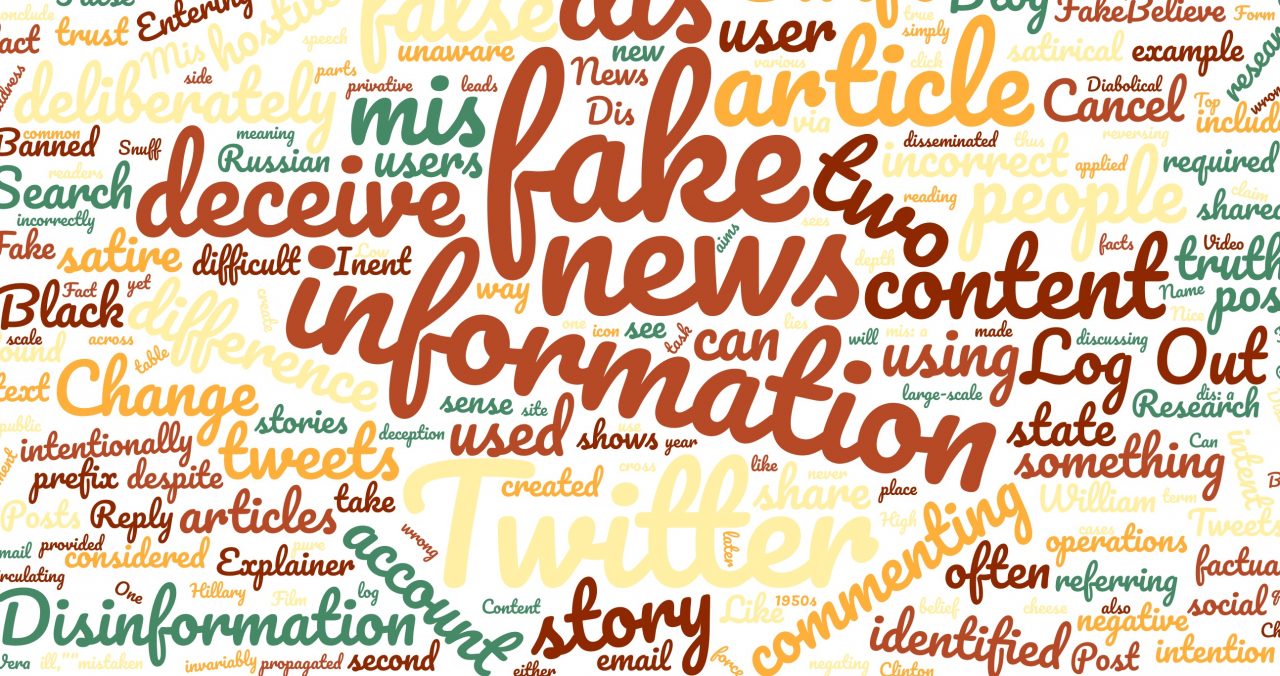On the 6th August, New Zealand MP Judith Collins tweeted out a link with the title “France Passes Law Saying Children Can Consent To Sex With Adults” from the notorious fake news site YourNewsWire.com. As seen below, she directed the tweet at NZ Prime Minister Jacinda Ardern asking if she was “willing to denounce this legislation of child sexual abuse?”.
The story, which first appeared in 2015, has been verified as false by Snopes and The Times and Ardern responded by saying “I think we should all be concerned about fake news”. What inspired this blog post is what Collins went on to say on a TV interview when asked about the story being fake:
“I’m not worried about people saying it’s not a legitimate website when it clearly is a website – but is the story legitimate or not?”
Collins says she is not worried about the website but the story and says “[…] it clearly is a website”. This shows the authenticity Collins vests in the website – because it is a self-contained entity she views it as a legitimate source and says the website is not the issue but the individual story.
This got me thinking about website trust and more specifically URL trust. Fake news sites function by appearing to be authentic members of the news press and thus a reliable and trustworthy news source – and one way they can do this is by choosing the right URL.
URL trust (also known as ‘link trust’) is the degree to which a URL appears to be a credible website (more here). URLs hold symbolic power in most societies as there is the belief that if a site has its own personalised URL that it’s more authentic. For example, would you be more likely to click on www.cnn.com or www.cnn.blogspot.com as a reliable news source?
Another aspect of link trust is the top-level domain or ‘TLD’:
People generally trust canonical .com/.biz/.org TLDs over less common variants such as .blog/.tv/etc. A global study by the Domain Name Association found that country code top-level domains (ccTLDs) such as .in, .de. and .au are almost always the most trusted TLDs in their respective countries (.in for India, .de for Germany, .au for Australia). Also, the seven original TLDs .com, .edu, .gov, .int, .mil, .net, and .org are trusted for their ubiquity across the internet. However, one of these is more than just a TLD – .com.
.com isn’t just any TLD, it’s the TLD. According to the domain management site iwantmyname.com, of the internet’s 150,000,000 registered domains, .com is the most popular with 82,001,000 registrations (55%). Not only is .com ubiquitous in terms of frequency but in terms of ‘quality’ too. .com is used by Apple, YouTube, Facebook and Twitter and if you type a ccTLD for one of these, such as Twitter.co.uk, you are redirected to the .com site. Interestingly, Google.co.uk and Amazon.co.uk are exceptions to this. However, of the top 20 sites on the web only three don’t use .com (Wikpedia.org; Google.co.in; Sina.com.cn). The use of .com by 55% of all websites and the most powerful companies in the world confer it power and status over other (cc)TLDs. Fake news producers can exploit this cultural perception of authenticity and status increasing their persuasiveness and consequently increasing their chances of successful deception.
When Judith Collins said “it clearly is a website” I think she was referring to this. A website that owns its own .com domain appears to be a legitimate member of the internet, and more specifically journalistic, community and so is treated by people as a genuine news source.

